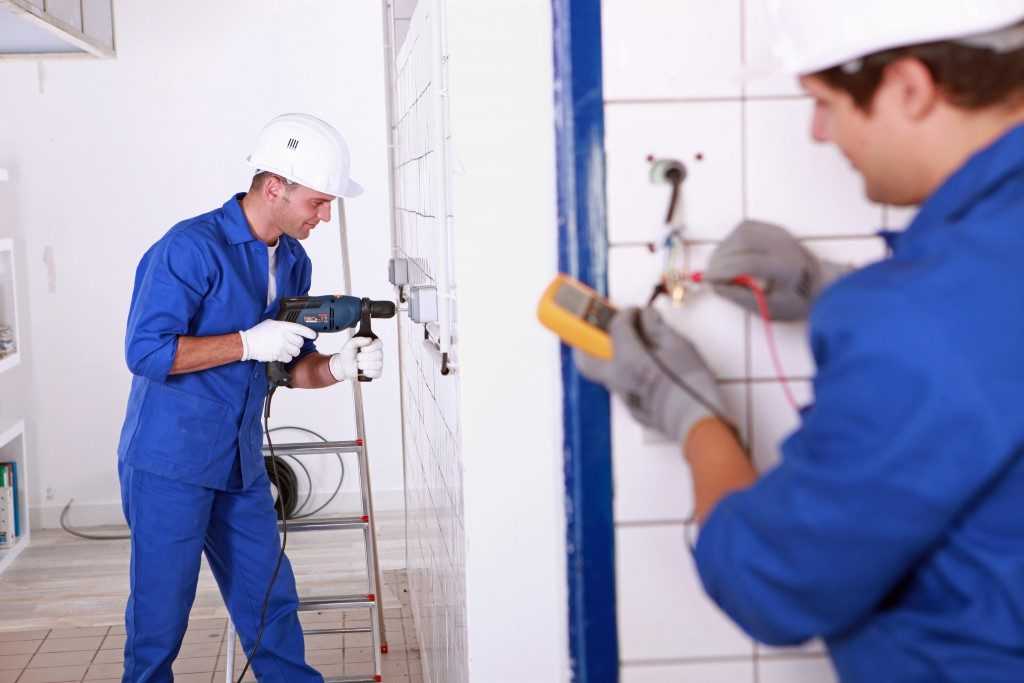 Renovation, either on a single part or of the whole house, involves upgrading the electrical system as well. Rewiring in line with renovation is necessary, especially when wirings in the house have not been rewired for at least 25 to 30 years. Doing this makes sure that the wiring system adheres to the current standards that uphold safety and function for the comfort of homeowners.
Renovation, either on a single part or of the whole house, involves upgrading the electrical system as well. Rewiring in line with renovation is necessary, especially when wirings in the house have not been rewired for at least 25 to 30 years. Doing this makes sure that the wiring system adheres to the current standards that uphold safety and function for the comfort of homeowners.
Why Rewire During Renovation?
Renovation requires rewiring to ensure that the changes made in the house — or at least a part of it — is in sync with the current wiring system. To do so, tools such as a circuit breaker identifier, tracer, or tester come in handy. By using these, renovators can identify wires that are “unaccounted for.”
Which Tools Should You Use?
Old wiring systems at times have defective circuits, cords, or plugs. A circuit breaker finder uses a transmitter that is plugged into an outlet. This device is significantly helpful in pointing out currents that are off the line.
Tracers, on the other hand, do not need contact with the wires. Even at a distance of three to five feet overhead, it can still follow a live circuit. It can detect both weak and strong signals with its higher sensitivity, making it more efficient in detecting offline wires behind walls or under the floors.
Using these tools give renovators an easier time figuring out the faults in the old wiring system. Through this, renovators can proceed with the project without safety risks like old wiring systems. Certain aspects, such as earth bonding and wet areas, are also to be considered to prevent the risk of electrocution.
Rewiring is a tedious task and it is advisable that homeowners stay out of the house, while the renovation is ongoing. Use quality tools or leave the job to professionals and have peace of mind.

